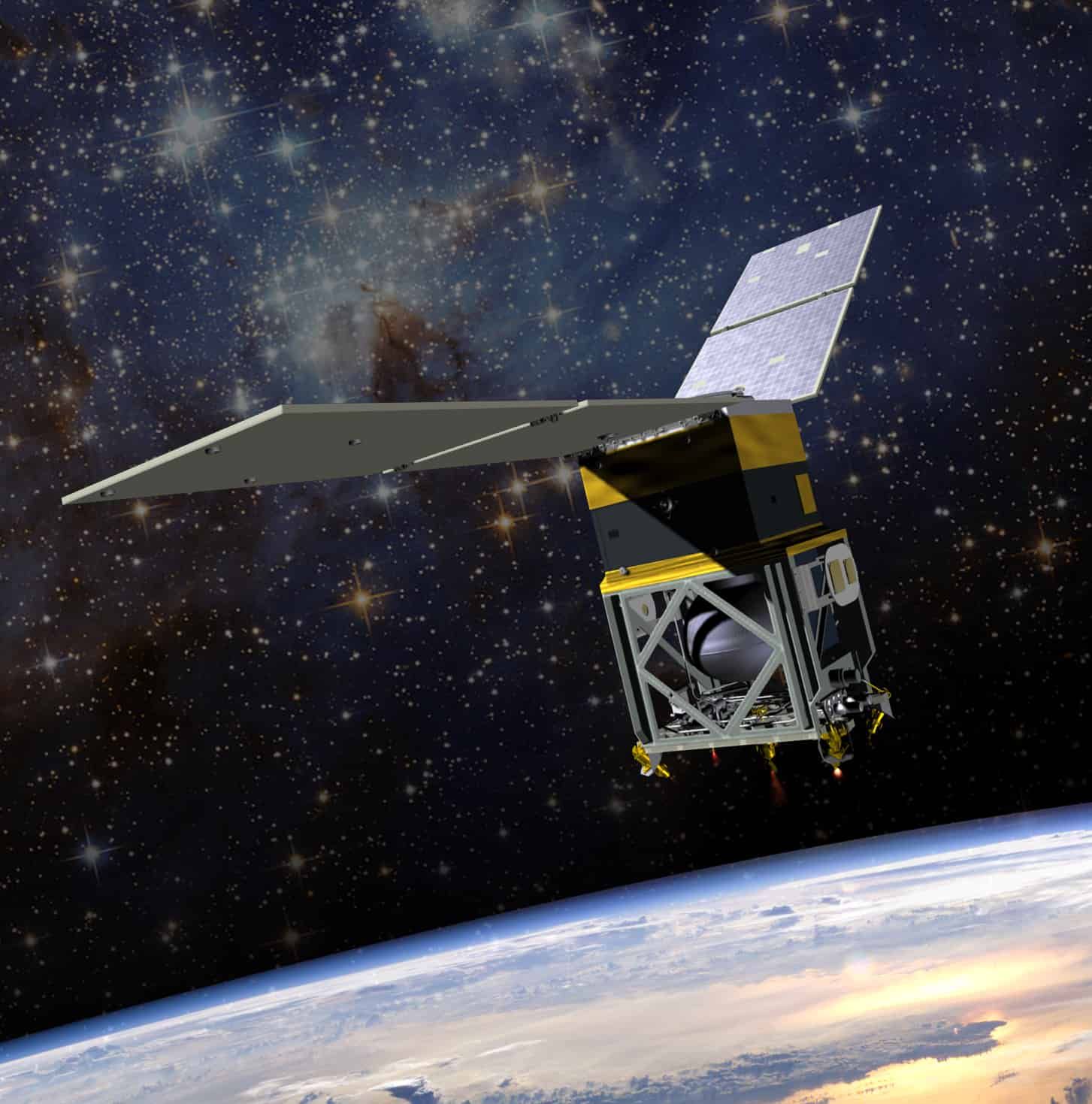NASA, Ball prepare to launch ‘green’ space mission

BOULDER — During a spaceflight mission set to launch from Florida later this month, NASA and Boulder-based Ball Aerospace will demonstrate a safer, more efficient type of rocket fuel.
NASA’s Green Propellant Infusion Mission components — a small Ball-built satellite propelled by a hydroxyl ammonium nitrate fuel blend — will be sent into space June 24 aboard a SpaceX Falcon Heavy rocket. The launch will also include a demonstration of NASA’s Deep Space Atomic Clock.
“Technology drives exploration,” Jim Reuter, acting associate administrator of NASA’s Space Technology Mission Directorate, said Monday. “We anticipate that the sciences, technologies and instruments on this launch will improve the design and performance of future spacecraft, which will support the exploration of the moon, Mars and beyond.”
SPONSORED CONTENT
The propellant chemicals used in the Green Propellant Infusion Mission system are safer for humans to handle and store than traditional highly toxic hydrazine rocket fuel. The GPIM will be the first time NASA has demonstrated the use of alternative fuels.
“This fuel is a very interesting propellent to be testing,” said Christopher McLean, principal investigator for NASA’s Green Propellant Infusion Mission at Ball Aerospace. “There’s the non-toxic aspect of it … that makes it very easy to observe and very easy to handle.”
There’s also a performance-boosting aspect that NASA intends to demonstrate.
“When you compare this to a standard [monopropellant] hydrazine system, you add 50 percent more total impulse mainly due to the density of propellant,” McLean said.
In other words, a denser rocket fuel allows more propellant to be carried into space, allowing satellites to complete longer missions.
The Ball team includes Aerojet Rocketdyne of Redmond, Washington, the U.S. Air Force Research Laboratory at Edwards Air Force Base in California, the Air Force Space and Missile Systems Center at Kirtland Air Force Base in New Mexico, NASA’s Glenn Research Center in Cleveland, NASA’s Goddard Space Flight Center in Maryland and NASA’s Kennedy Space Center in Florida.
The GPIM demonstration is expected to last about two months. Ball’s goal is to prove the viability of the system for future use by both NASA and commercial spaceflight operations.
“Everything we learn from the demonstration and instruments in this launch will benefit future exploration,” NASA public affairs officer Clare Skelly said.
BOULDER — During a spaceflight mission set to launch from Florida later this month, NASA and Boulder-based Ball Aerospace will demonstrate a safer, more efficient type of rocket fuel.
NASA’s Green Propellant Infusion Mission components — a small Ball-built satellite propelled by a hydroxyl ammonium nitrate fuel blend — will be sent into space June 24 aboard a SpaceX Falcon Heavy rocket. The launch will also include a demonstration of NASA’s Deep Space Atomic Clock.
“Technology drives exploration,” Jim Reuter, acting associate administrator of NASA’s Space Technology Mission Directorate, said Monday. “We…
THIS ARTICLE IS FOR SUBSCRIBERS ONLY
Continue reading for less than $3 per week!
Get a month of award-winning local business news, trends and insights
Access award-winning content today!

